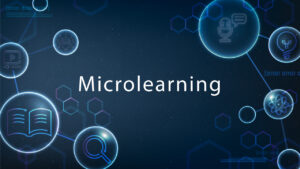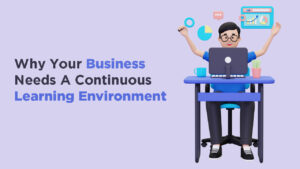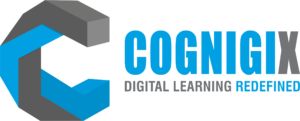Enhancing Employee Engagement Through Gamification
Modern employees seek more than just competitive salaries—they value purpose, engagement, and opportunities for growth. As workplace dynamics continue to evolve, organizations must adapt their onboarding strategies to ensure a seamless and engaging transition for new hires, whether in-person or remote. A well-structured onboarding program is essential for retaining top talent, fostering job satisfaction, and improving overall productivity.
Onboarding extends beyond standard orientation sessions; it serves as a critical opportunity for companies to immerse new employees in their brand, mission, and culture. By incorporating gamification, organizations can transform onboarding into an interactive and memorable experience. Game-based activities not only educate employees but also encourage participation, reward achievements, and create lasting impressions.
How Gamification Enhances the Onboarding Experience
Traditionally, the onboarding process involves reviewing extensive documents and corporate materials, which can be monotonous for new employees. Gamification introduces interactive elements that make learning more engaging and enjoyable. Below are some key game mechanics that organizations can integrate into their onboarding programs:
1. Progress and Achievement
Recognizing employees’ efforts early on fosters a sense of accomplishment and motivation. By incorporating progress-based rewards, organizations can make new hires feel valued. For instance, companies can create a structured checklist of onboarding tasks. Upon completion, a simple acknowledgment, such as a congratulatory email or digital badge, reinforces positive reinforcement. Research indicates that 69% of employees who undergo an engaging and structured onboarding program are more likely to remain with the organization.
2. Leveling Up
In video games, “leveling up” requires players to complete specific tasks before unlocking new challenges. The same principle applies to onboarding. Establishing a goal-oriented progression system ensures that new employees build essential skills before taking on more complex responsibilities. For example, before assigning a new writer full-fledged projects, they may be required to complete sample articles. This gradual approach boosts confidence and enhances productivity.
3. Quest-Based Learning
Quests introduce an interactive learning experience by encouraging employees to explore information actively rather than passively consuming content. Instead of requiring new hires to watch lengthy training videos, organizations can design collaborative activities. For example, rather than viewing an hour-long “Code of Conduct” video, employees can research policies in teams and present their findings. This method promotes engagement, knowledge retention, and teamwork.
The Business Impact of Gamified Onboarding
Gamification has proven to be a powerful tool in employee onboarding. A notable example is Deloitte, a multinational professional services firm that launched a gamified onboarding program in 2018. The company introduced “Zombie Apocalypse,” a game designed to help new analysts develop consulting skills and software proficiency. The initiative was highly successful, leading to a reduction in onboarding costs and increased employee engagement.
By integrating gamification into onboarding, organizations can create a dynamic learning environment that fosters employee connection, engagement, and long-term success. A well-designed gamified onboarding program not only enhances the new hire experience but also contributes to overall business performance.






